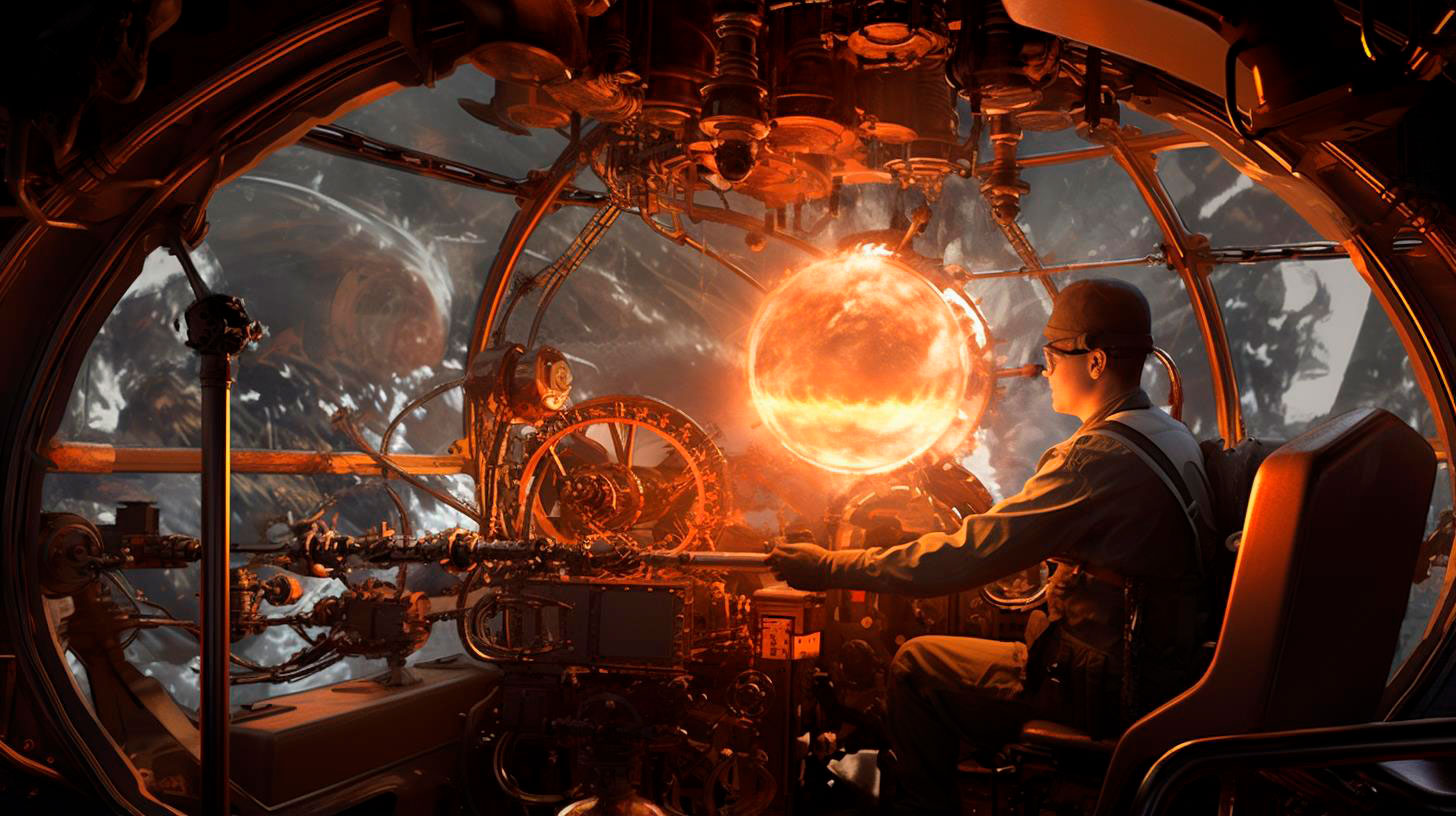For those unfamiliar with the concept, a circular economy is an economic system designed to minimize waste and make the most of resources. It aims to keep products, materials, and resources in use for as long as possible, extracting maximum value from them and minimizing environmental impacts.
The Environmental Advantages of Nuclear Energy
When it comes to reducing carbon emissions and combating climate change, nuclear power has proven to be an effective solution. According to the International Atomic Energy Agency (IAEA), nuclear energy is one of the lowest emitters of greenhouse gases among major energy sources, emitting almost zero CO2 during operation. In fact, nuclear power plants have been responsible for preventing about 5 billion metric tons of CO2 emissions per year, equivalent to taking about 500 million cars off the road.
Moreover, nuclear energy production does not rely on fossil fuels like coal and natural gas, which are finite resources and major contributors to air pollution and climate change. By harnessing the power of nuclear energy, we can lessen our dependence on these non-renewable resources and reduce our carbon footprint.
In addition to its low carbon emissions, nuclear energy also offers many other advantages, including:
- Reliable and consistent power: Nuclear power plants operate continuously, providing a stable source of electricity without being influenced by weather conditions or fluctuations in fuel prices.
- High energy density: Nuclear fuel contains millions of times more energy per unit mass than fossil fuels, making it an efficient and compact source of energy.
- Long lifespan: Nuclear reactors have an operational lifespan of around 40 to 60 years, allowing for long-term energy planning and reducing the need for frequent replacements.
- Minimal land usage: Nuclear power plants require relatively small land areas compared to other renewable energy sources like wind or solar farms, allowing for more efficient land use.
The Circular Economy Approach and Nuclear Energy
While nuclear energy has its advantages, it also poses challenges in terms of the management and disposal of nuclear waste. This is where the concept of a circular economy becomes crucial.
In a circular economy, waste is minimized, and resources are recycled and reused to their maximum potential. Applied to the nuclear industry, a circular economy approach would involve the efficient use and reprocessing of nuclear fuel, reducing waste and maximizing the energy extracted from each unit of fuel.
Key takeaways for the circular economy and nuclear energy:
- Implementing a closed fuel cycle: By reprocessing spent nuclear fuel, we can extract more energy and reduce the volume and toxicity of waste.
- Incorporating advanced reactor technologies: Advanced reactors, such as molten salt reactors and fast reactors, can use nuclear waste as fuel, effectively recycling it and minimizing waste.
- Investing in research and development: Continued research and development in nuclear technology can lead to improved efficiency, safety, and waste management techniques.
By combining the principles of the circular economy with nuclear energy, we can unlock its full potential as a sustainable and efficient source of power. However, it is essential to address public concerns regarding safety, waste management, and proliferation risks through transparent communication and stringent regulations.
Conclusion
Nuclear energy, when coupled with the principles of the circular economy, offers a pathway toward a more sustainable and environmentally friendly future. With its low carbon emissions, reliability, and high energy density, nuclear power can help meet our energy needs while minimizing our impact on the planet.
By embracing a circular economy approach in the nuclear industry, we can tackle the challenges associated with waste management and further improve the efficiency and sustainability of nuclear energy production. It is time to recognize and unlock the full potential of nuclear energy in our transition to a greener and circular economy.
